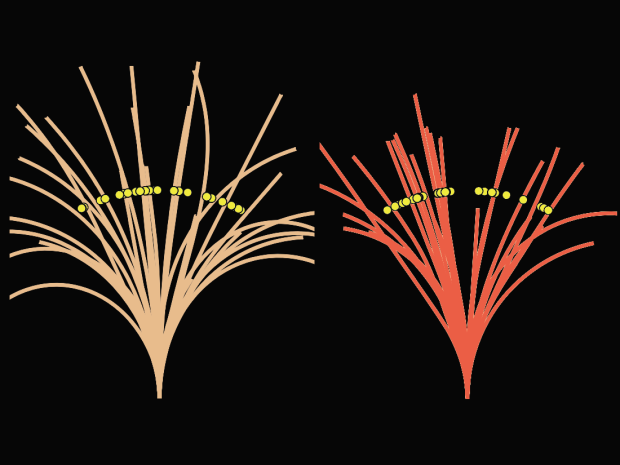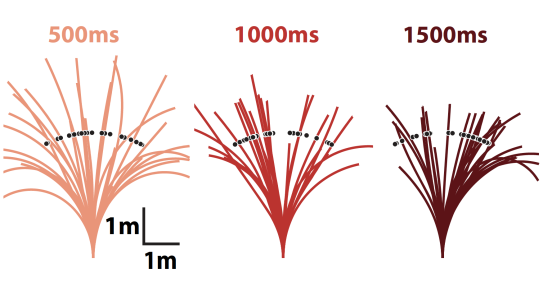Neural Circuitry and Models of Navigation

Speaker:
Dora Angelaki, PhD
Professor, Center for Neural Science and Dept. of Mechanical & Aerospace Engineering
New York University
Abstract:
Dr. Angelaki and her team are interested in understanding the principles that make the human brain superior to man-made machines and AI. Their research focuses on how task-relevant latent variables and multi-sensory signals dynamically flow across brain regions to generate perception and cognition. They explore how hierarchical causal inference is implemented in the brain, how beliefs propagate through the network, and how internal states modulate this information flow. To investigate these questions, they employ time-dependent engineering approaches to understand neural dynamics and network coding of multi-modal information at multiple stages of processing under diverse naturalistic and perceptual contexts in macaques and rodents. Their research aims to uncover the neural implementation of canonical neural computations and how they may lead to sensory, motor, memory, and cognitive deficits in neuropsychological disease. By understanding these computational principles of the brain in health and disease, Dr. Angelaki hopes to inspire the development of artificial systems, prosthetics, and other tools for understanding and treating deficits of sensory inference, spatial orientation, cognition, and action.
Dr. Angelaki began her academic career at the National Technical University of Athens in Greece, where she studied electrical engineering. In 1991 she earned a PhD in biomedical engineering from the University of Minnesota, and subsequently held postdoctoral appointments at the University of Texas Medical Branch in Galveston, TX, and the University of Zurich in Switzerland. In 1993, she accepted a position as Assistant Professor at the University of Mississippi. In 1999 she moved to Washington University in St. Louis, where she was named Endowed Chair of Neurobiology in 2003. In 2011, Angelaki was made the Wilhelmina Robertson Professor and Chair of the Department of Neuroscience at the Baylor College of Medicine in Houston, TX. After being elected to the National Academy of Sciences in 2014 she joined NYU. Dr. Angelaki is the recipient of many awards, including a Presidential Early Career Award, The Bárány Society Helpike-Nylen Medal, and the National Academy of Sciences Pradel Award.


